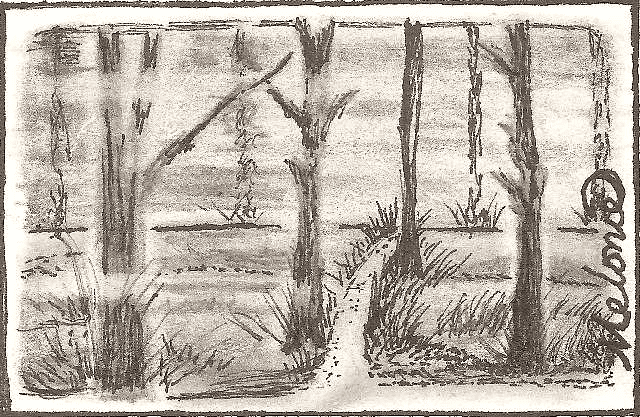How can change agents and change participants make each other awesome (see the Modern Agile first principle: Make People Awesome)?
Come Into The Woods: Melonie KingToday’s Thought: Change agent myopia does not make people awesome. It’s easy to ignore how silly a lot of what we’re spewing actually sounds, unless you’ve seen it work:
- Why wouldn’t we try to build more?
- Why would we let our engineers sit around and mob program all day?
- Why wouldn’t we try to speed up?
- Why wouldn’t we just design everything upfront?
- Why wouldn’t we try to keep our developers busy?
- Why wouldn’t we try to establish clear roles and responsibilities, clear lines of accountability, and efficient processes?
- Why wouldn’t we run a feature factory? Context and work history dictates our perspective. I spoke recently with someone who had focused on “the enterprise” for their career. They simply couldn’t believe that other organizations targeted similar customers (size, savviness, product complexity) but worked in entirely different ways. “You’re ***ing kidding me! No one brings a bunch of engineers on site to visit customers!”
There are two ways to respond here:
- a dash of smugness, point to some books, insinuate their org is behind the curve, hype a buzzword methodology, reference a keynote talk on YouTube, or
- curiosity, empathy, and accepting the burden of proof. The former fails to accept that what you’re pitching is likely highly counterintuitive. It might have no connection to what this person has seen, experienced, has been subjected to, and has tried in their career. The latter invites an experimentation mindset.
I’ve attended — and sadly given — many talks where the upshot is “you’re wrong, you are behind the curve, and there is a better way!” Peppered through the talk are a list of symptoms everyone can relate to. The audience nods. People laugh. People cry. They want to up their game!
But the reality is that only 5% of the people in the room have actually experienced (and that is the critical word) or even observed the better way of working. 15% have experienced some sort of watered down pragmatic variation (see Larman’s Laws of Organizational Behavior). 95% of the audience relates to the pain, but cannot relate to the path forward on any visceral, non-theoretical level. And therein is the challenge. We are complex animals, and we like quacking ducks and good stories.
Lasting change often follows a cataclysmic event. In a fit of existential struggle, the organization flips the lever and launches into the new. You could argue that change agents would, in many cases, be better served by triggering an oh-shit threat, and just sitting back.
The other approach is to focus on running safe-to-fail experiments that let people experience the new, and judge for themselves. Have empathy. Start with where you are. Respect prior experience. And focus on experiencing the new in with safety and trust.
